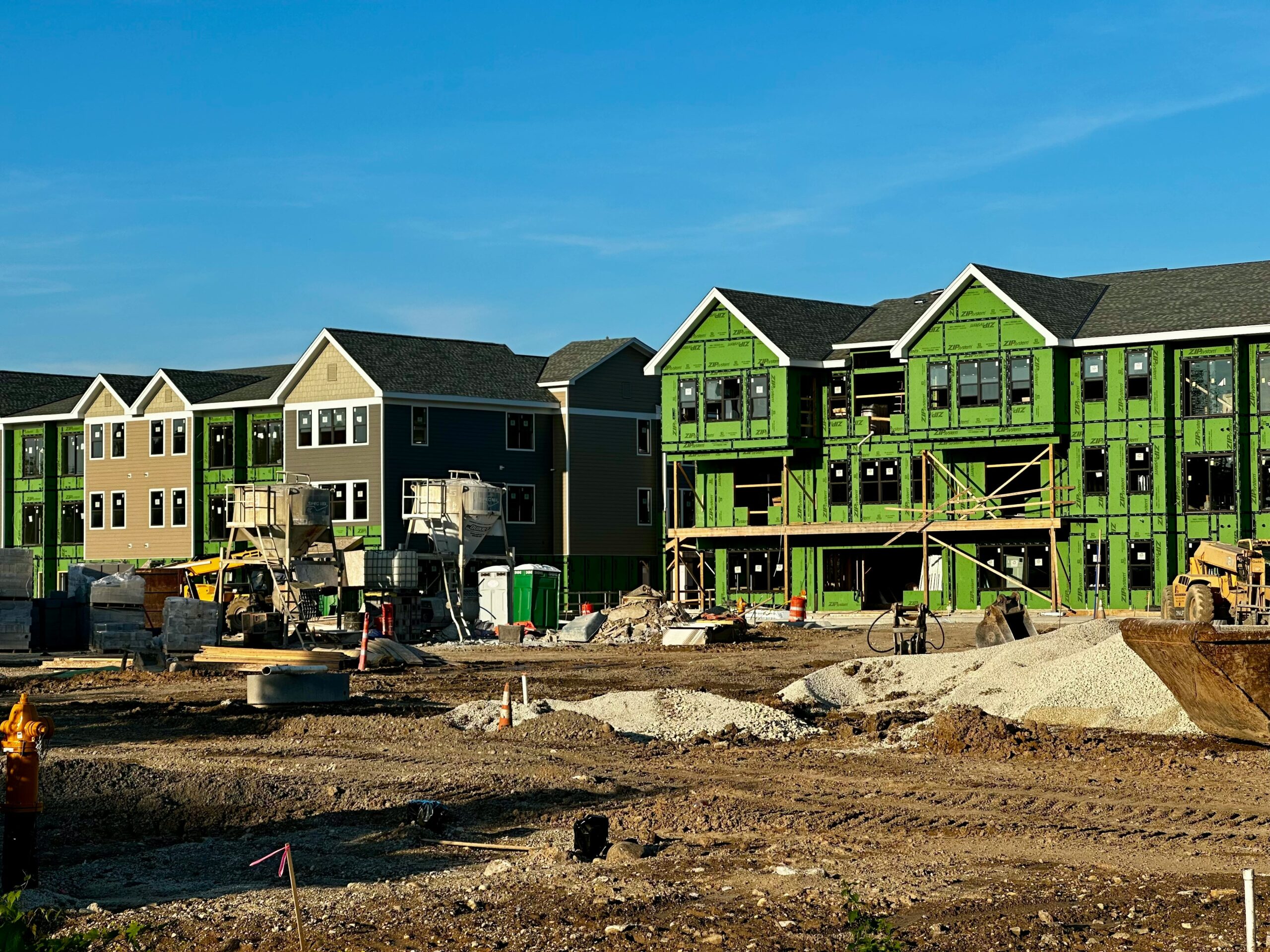
New construction spec homes continue to shape suburban and urban housing markets. Market trends guide how these homes are built, designed, and sold. Buyers seek properties that match current preferences, and developers adapt quickly to meet that demand. As a result, spec homes reflect real-time changes in housing needs and economic conditions.
Trends affect more than design; they influence pricing, sales cycles, and long-term neighborhood growth. Developers utilize these insights to stay ahead of shifting market trends. When consumer behavior changes, spec homes evolve to match buyer priorities. This constant alignment ensures that spec homes remain relevant in competitive housing markets.
Demand for Modern Features
Buyers today are looking for open layouts, smart home systems, and energy efficiency. Market trends reveal the increasing importance of these features. Builders design spec homes with these modern upgrades because they know buyers expect them. This connection between demand and design helps spec homes sell faster than outdated models.
As technology advances, developers continue adding features that improve convenience and efficiency. Homes equipped with smart thermostats, advanced security systems, and high-speed internet connectivity meet modern living standards. By paying attention to these buyer demands, builders ensure that spec homes align with consumer expectations.
The Role of Economic Conditions
Economic conditions play a major role in shaping new construction spec homes. Interest rates, material costs, and wage growth all affect how these homes are priced and marketed. When interest rates remain low, more buyers enter the market, creating greater demand for new properties. Developers respond by expanding projects to meet that demand.
When the economy slows or material prices rise, developers adjust their strategies. Some may build smaller homes to maintain affordability, while others may target higher-income buyers. Economic shifts guide construction pace, property size, and pricing strategies. Spec homes, therefore, reflect not only design trends but also financial realities.
Shifts in Buyer Demographics
Buyer demographics influence how spec homes are designed and marketed for sale. Younger buyers often prefer affordability and access to urban amenities. Market trends show that this group values walkable communities and modern layouts. Developers cater to them with compact, stylish homes that balance price and comfort.
Older buyers, on the other hand, may prioritize low-maintenance living and single-level designs. Spec homes that offer convenience and accessibility appeal to this demographic. Recognizing these demographic shifts enables developers to target specific markets and create homes that cater to distinct lifestyle needs.
Location and Community Growth
Spec homes thrive in locations where growth is strong. Market trends reveal that suburbs near expanding job centers attract buyers seeking both space and convenience. Developers choose land near these areas to maximize sales potential. As communities grow, demand for schools, shops, and public services increases, further boosting property values.
Additionally, buyers often seek communities that offer a sense of identity. Spec home developments that include parks, trails, and shared amenities create neighborhoods that feel complete and well-rounded. By combining good location with community features, developers ensure their projects stand out in competitive markets.
Sustainability as a Driving Trend
Sustainability has become one of the most influential market trends. Buyers want homes that reduce energy costs and support eco-friendly living. Developers build spec homes with solar panels, energy-efficient appliances, and green building materials to meet this demand. These upgrades not only attract buyers but also improve long-term property value.
As climate concerns intensify, sustainability will continue to be a central focus in home design. Developers who ignore this trend risk losing buyers to more environmentally conscious competitors. By staying ahead of sustainability demands, spec home builders ensure their properties remain desirable in evolving markets.
Technology and Innovation in Spec Homes
Technology plays a key role in shaping spec homes. Market trends show increasing demand for smart features, high-speed internet, and integrated home systems. Builders respond by including these features as standard, rather than optional upgrades. This strategy makes spec homes more appealing to buyers who want ready-to-use technology.
Virtual tours and digital marketing also play a part in selling spec homes. Buyers now expect to explore properties online before scheduling in-person visits. Developers use technology not only inside the homes but also in how they promote and sell them. These innovations enhance efficiency and reach a wider audience.
Affordability and Housing Shortages
Housing shortages drive demand for spec homes, particularly in rapidly growing regions. Developers can build quickly, offering move-in-ready solutions for buyers who cannot wait months for custom builds. Market trends show that affordability plays a critical role, especially for first-time buyers. Builders respond by creating entry-level spec homes that balance cost and quality.
At the same time, affordability challenges push developers to explore creative solutions. Some offer smaller floor plans, while others focus on multi-family developments. By adjusting strategies, builders meet demand and address market shortages. This adaptability ensures spec homes continue to serve a broad range of buyers.
The Future Outlook for Spec Homes
Looking ahead, spec homes will continue to reflect market shifts. Economic cycles, demographic changes, and sustainability concerns will shape future designs. Developers who monitor trends closely will position themselves to succeed. Buyers will also benefit from homes that evolve with modern needs.
Spec homes remain a vital part of housing markets because they provide quick solutions that align with current demand. Their adaptability ensures that they continue to thrive, even as market conditions change. By staying responsive to trends, spec home builders secure their place in the future of real estate.